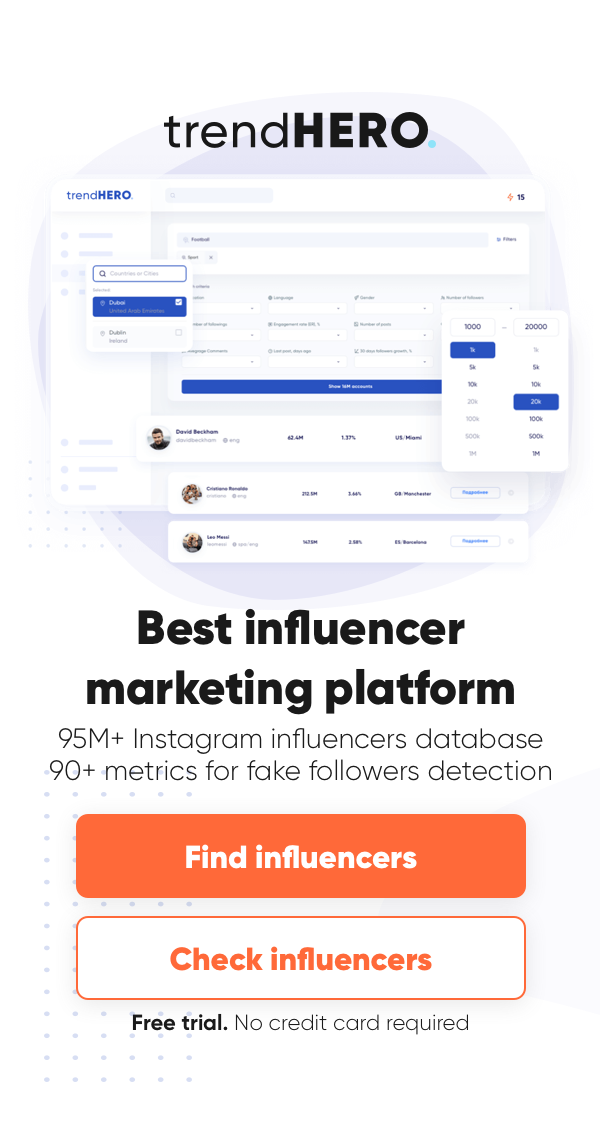As social media’s role in our lives grows, influencer marketing steadily replaces traditional advertising. The numbers speak for themselves: this year, influencer marketing rolled over to nearly $14 billion. But while the industry is definitely full of promise, much depends on a marketer’s ability to create a successful influencer marketing campaign.
Let’s see what it takes to create and manage a high-performing campaign.
What is an influencer marketing campaign?
To put it simply, an influencer marketing campaign is an advertising endeavor that involves engaging influential content creators on social media (influencers). It implies getting these content creators to recommend brands or their products/services to their audience.
As a result (and provided you did everything right), you get increased brand awareness, sales, or leads. It’s worth mentioning that an influencer is someone with a strong social media presence. They have a highly engaged audience that’s interested in their opinions, ideas, and recommendations.
All in all, an influencer marketing campaign isn’t much different from a regular promotional effort. You create a strategy, you go to social media, partner up with creators, generate content, and monitor the campaign’s performance. The biggest difference is that you advertise through people, not agencies. Another difference is that influencers will rather recommend your products and offer their opinions on them than blatantly push traditional ads to their audience. Basically, it’s word-of-mouth promotion.
How to create a successful influencer marketing plan

1. Find and research your target audience
Working with influencers is of course the key aspect of influencer marketing. However, to make your campaign successful, you need to partner up with creators who’ll speak to your potential customers. This is why before starting a campaign and even before looking for creators to work with, you need to define your target audience. After all, you don’t want to waste your marketing budget on an audience that’s not interested in what you have to offer.
So ask yourself, who your potential customers are. Where do they live, what’s their age and gender, what do they enjoy, and what kind of issues do they need to solve? All this will give you an idea of who you need to sell to – and what kind of influencers would be the best fit.
2. Set your marketing campaign objectives and KPIs
The next thing you’d want to do is define your campaign goals and the criteria for measuring their effectiveness. The campaign objectives will define what type of influencers you have to work with. The KPIs, on the other hand, will help you assess the viability of these objectives.
The main objective and KPIs for your marketing campaign can be as follows:
| Objectives | KPIs |
|---|---|
| Raising brand awareness | Reach, audience growth, number of brand mentions on social media |
| Increasing sales | Number of purchases (including using influencer promo codes) |
| Engaging and retaining potential customers | Engagement rate, number of return customers |
| Building your brand’s social media audience | Social media profile audience growth |
Once you’ve defined your campaign goals and KPIs, make sure you record your current statistics. This will helps you compare your numbers before and after the campaign.
3. Define your marketing campaign type
The next step is to consider what type of marketing campaign it’s going to be. This can depend on various factors like campaign objectives, your target audience, and the type of creators you want to engage. The type of campaign you choose defines the format of sponsored content, as well as the method of compensation.
Here are a few options to go by:
1. Affiliate marketing. This option normally implies that an influencer’s compensation is a certain percentage of sales. The way it works is simple: you provide them with a unique promo code or link and they incorporate it into their content. This would be an obvious choice if you want a no-fuss way of measuring the outcome. Besides, in this case, you pay them only if they provide positive results.
2. Giveaways and reviews. This usually implies barter cooperation: you send them a product and they tell their audience about it. There are normally two ways to do this: they can create a product review or run a giveaway. It’s worth mentioning that the former option is preferable because it can create genuine interest in your product. Giveaways, on the other hand, usually create the desire to get a product for free.
3. Sponsored posts. This option is somewhat more complex than the previous two. It implies creating an original piece of content from scratch. More often than not, the compensation for this type of collaboration is money. This is understandable, as influencers invest a lot of time and effort into creating original posts.
4. Choose the social platform
Now you have to pick the social platform on which your marketing campaign will be the most effective. It’s important to understand that different platforms have different audiences and different content formats. This means that you have to choose only the platforms that help you achieve your objectives.
Here are a few things to consider:
1. Audience. Use the social media your target audience uses most frequently.
2. Content format. Photo, video, text content. If it’s about striking photos and short videos, pick Instagram or TikTok. If what you seek is longer videos, pick YouTube or Facebook.
3. External links. If your goal is to attract traffic to your website, consider specific requirements of different social media in that regard. For example, Instagram makes it harder to incorporate clickable links into the posted content.
5. Choose the right influencer type
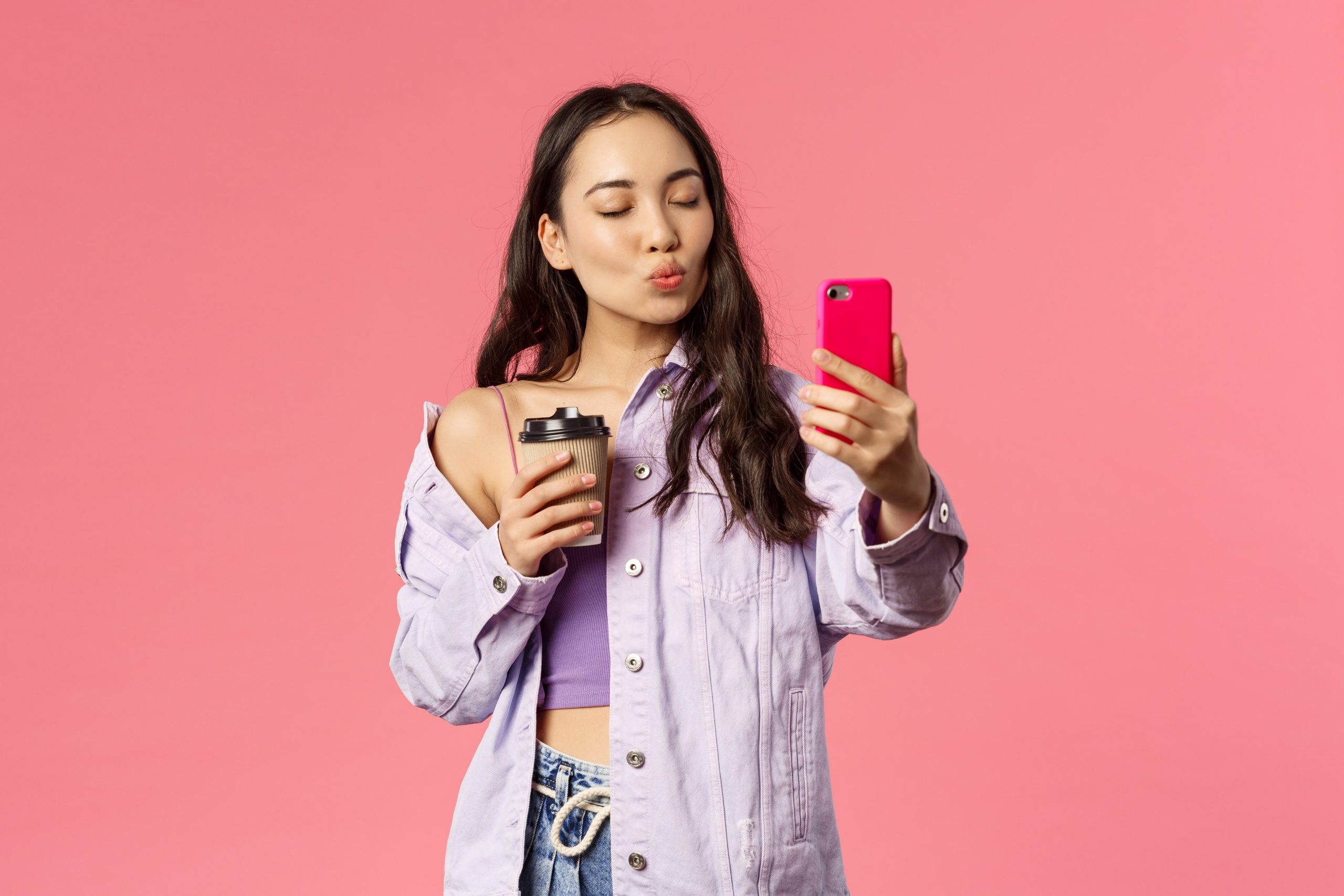
Now’s the time to choose the right type of creators to partner with based on your campaign’s scale and objectives.
Nano- and micro-influencers usually have audiences up to 10 thousand and up to 100 thousand respectively. This might not sound too impressive but as a rule, these audiences are quite interested in their opinions and ideas. If the product you offer caters to this interest in this way or another, it would make a lot of sense to work with this type of creators. They would also be perfect if you plan to run a campaign for a local business or product.
Macro influencers and celebrities have over a million subscribers. The majority of them promote larger brands and participate in global marketing campaigns.
6. Choose the right influencer(s)
This is one of the key aspects of your marketing campaign. No matter what kind of product you are trying to promote, you’ll always be able to choose the right influencer for that. The main thing is to choose wisely.
There are three common ways to look for influencers:
1. Manual. It’s simple but very time-consuming: you perform a manual search among the users of the social platform of your choice. You can rely on hashtags relevant to your niche to find the people you are looking for.
2. Searching among your subscribers. Odds are your potential brand ambassadors are already following you.
3. Using influencer platforms and marketplaces. The overwhelming majority of these online services have an influencer discovery option that allows finding the right creators for your campaigns. For example, trendHERO offers a database of over 80 million Instagram users to choose from. The downside is they are normally paid services.
Once you find the influencers you find suitable for your campaign, it makes sense to consider the following:
0. Their Engagement rate as one of the most important metrics. To check it use free ER calculator.
1. Their content and how much it corresponds with your brand’s philosophy and voice. Make sure that they post only ad-friendly content and that it perfectly matches your brand’s style.
2. Audience size. Keep in mind that impressive numbers don’t necessarily translate into successful marketing. It’s not just about the fact that influencers with multimillion audiences tend to have hefty price tags. The thing is a huge audience that’s not really interested in whatever promotions they post means a waste of budget. When it comes to influencer marketing, an engaged audience is much more important than follower count.
3. How much influence do they really have? You can find an answer to this question by analyzing their profiles. How often do they post content relevant to your niche? How popular is this content with their audience? How do their subscribers respond to promotions?
4. Consistency. You’d want to choose creators who post updates regularly and consistently. Also, make sure they interact with their audiences on a regular basis.
5. Previous brand collaborations. Did they previously take part in marketing campaigns?
For detailed Instagram influencer profile analysis, use trendHERO analytics tools. They’ll give you a very clear idea of how suitable this or another creator is for your marketing campaign.
7. Create a detailed brief, provide clear guidelines, discuss payment, sign a contract
It’s extremely important to make sure that you and the creators you plan to work with are on the same page. They must know what your campaign is about, what kind of goals you want to achieve. More importantly, they have to know what you want them to do in order to achieve these goals and what their compensation will be.
If you plan long-term cooperation, it would make sense to sign a legal contract to make sure that both parties stick to their commitments.
8. Generate great content
No matter the format of your collaboration, quality content matters. Make sure your influencer partners agree to your posting their content on multiple social platforms. Promote it by using relevant hashtags.
9. Track performance
Once you launch your marketing campaign, you need to closely monitor its performance to be able to do some course corrections when necessary. You can do it manually or use one of the many influencer marketing platforms that usually offer great campaign management software. For example, trendHERO offers a useful Tracking feature that allows monitoring any changes in Instagram profile metrics over time.
10. Measure results
This shouldn’t come down to how many likes and comments your sponsored posts got; this will tell you nothing. To measure the results, pay attention to the metrics mentioned above in paragraph 2.
You can collect the data you need manually or again, use one of the online analytics tools such as trendHERO.
As you analyze each influencer’s results, you can make a list of the most effective methods that worked this time and can be useful in the future.
Influencer marketing campaign examples
1. Sony PlayStation VR campaign (2019)
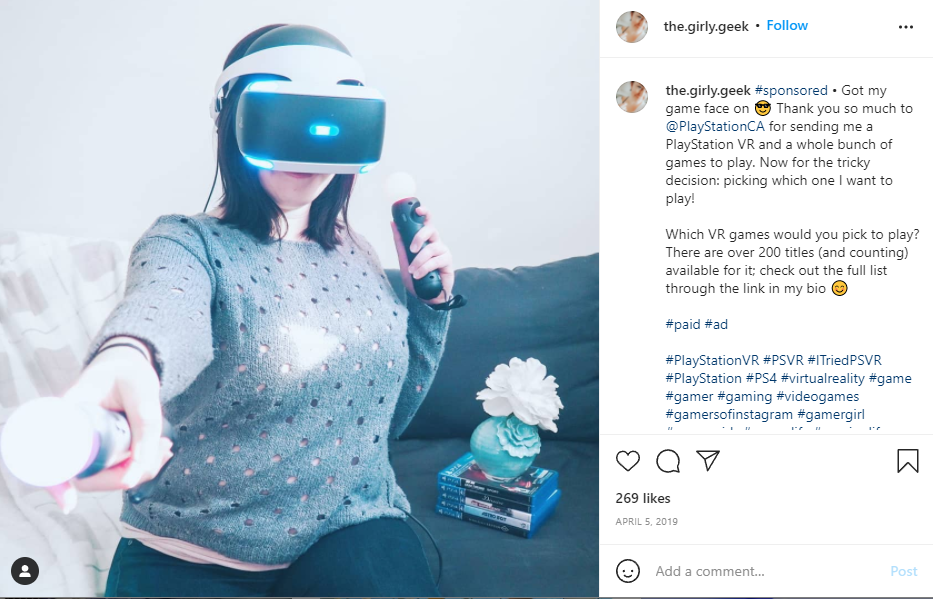
To promote their new VR headset in Canada, Sony partnered with multiple influencers on Instagram and YouTube. The objective was to show that regular gamers have fun using the new PlayStation VR. The majority of sponsored publications were photos.
Result: only 9 Instagram publications participating in the campaign gained nearly 13k likes and over 200 comments. The campaign’s ER reached 3.64%.
2. Becca Cosmetics’/Chrissy Teigen collaboration (2018)
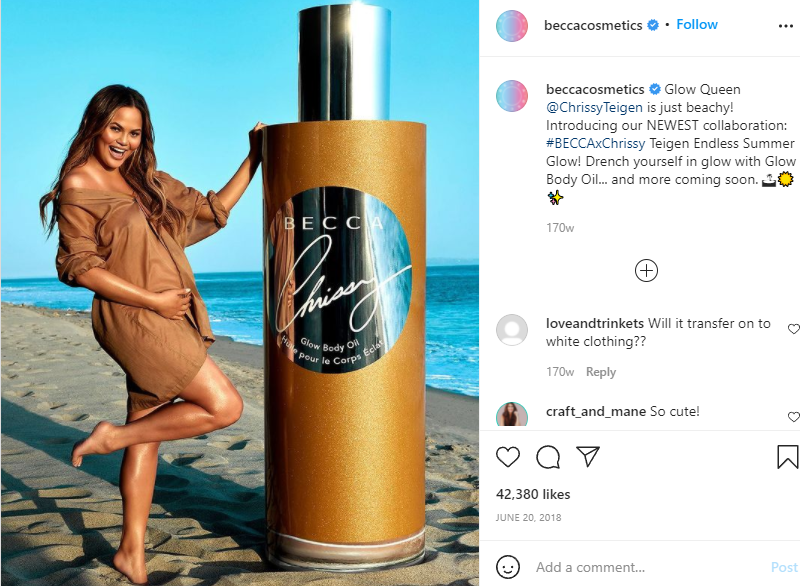
Sometimes, partnering with celebrities really works. Especially when you remember they are your potential customers too. And especially when you can partner up to create a brand new product. That’s exactly what Becca Cosmetics did when they collaborated with media celebrity Chrissy Teigen to create a new makeup palette.
Result: over 5 million views.
3. Audible/Jesse Driftwood collaboration (2017)

Audible is quite well-known for partnering up with smaller influencers and this time, it collaborated with Instagram photographer Jesse Driftwood. At the moment he had less than 100k followers but apparently, this didn’t stop the popular audiobook service. The thing is Driftwood’s audience, however small, is highly engaged and extremely responsive. The audio brand couldn’t but appreciate this fact.
Result: over 10k likes
Conclusion
Influencer marketing is definitely here to stay. More and more marketers are willing to increase their marketing budgets to partner up with influential content creators. To make sure that your budget isn’t wasted, use analytics tools at every step of your campaign. This will help you define your target audience, choose the right influencers, track your campaign performance, and measure the results.
We also recommend to read
 How to Run an Instagram Audit in 2023 (Free Audit Tools Inside!)
How to Run an Instagram Audit in 2023 (Free Audit Tools Inside!)  How to Check if Someone Bought Instagram Followers
How to Check if Someone Bought Instagram Followers  How to Find Influencers on Instagram in 6 Easy Steps
How to Find Influencers on Instagram in 6 Easy Steps 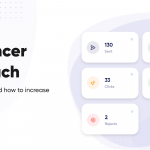 Influencer outreach. How to begin, and how to increase conversion rates. The ultimate guide for Instagram
Influencer outreach. How to begin, and how to increase conversion rates. The ultimate guide for Instagram 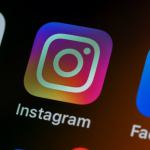 How to Get Your Content Seen on Instagram in 2022
How to Get Your Content Seen on Instagram in 2022  10 Best Instagram Marketing Tools For Real Growth In 2023
10 Best Instagram Marketing Tools For Real Growth In 2023Instagram Engagement Rate Calculator For Free
Check any influencer's Engagement rate and analyze his or her followers growth history
Other free tools: Follower Count History, Instagram Follower Count, CPM Calculator
